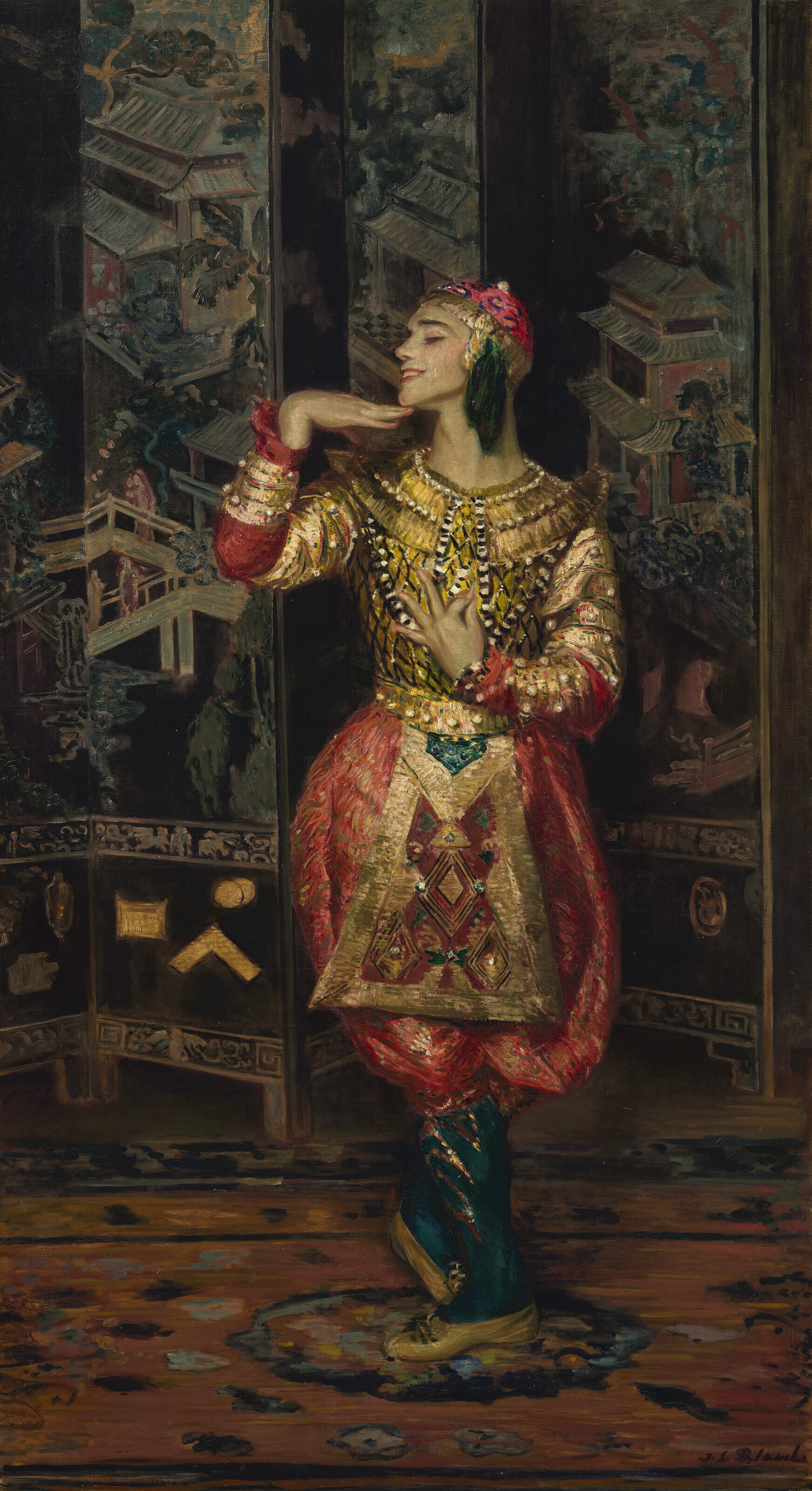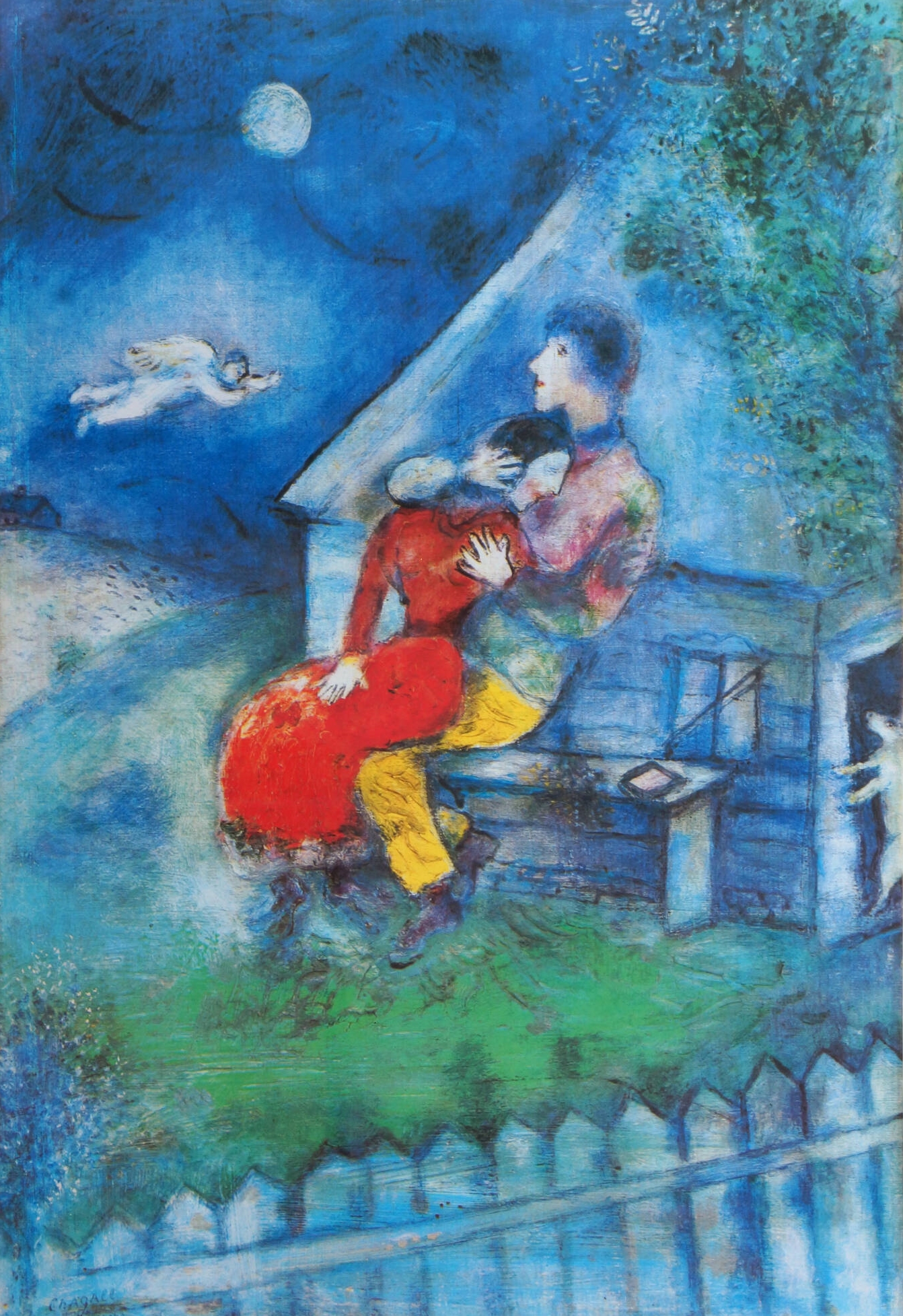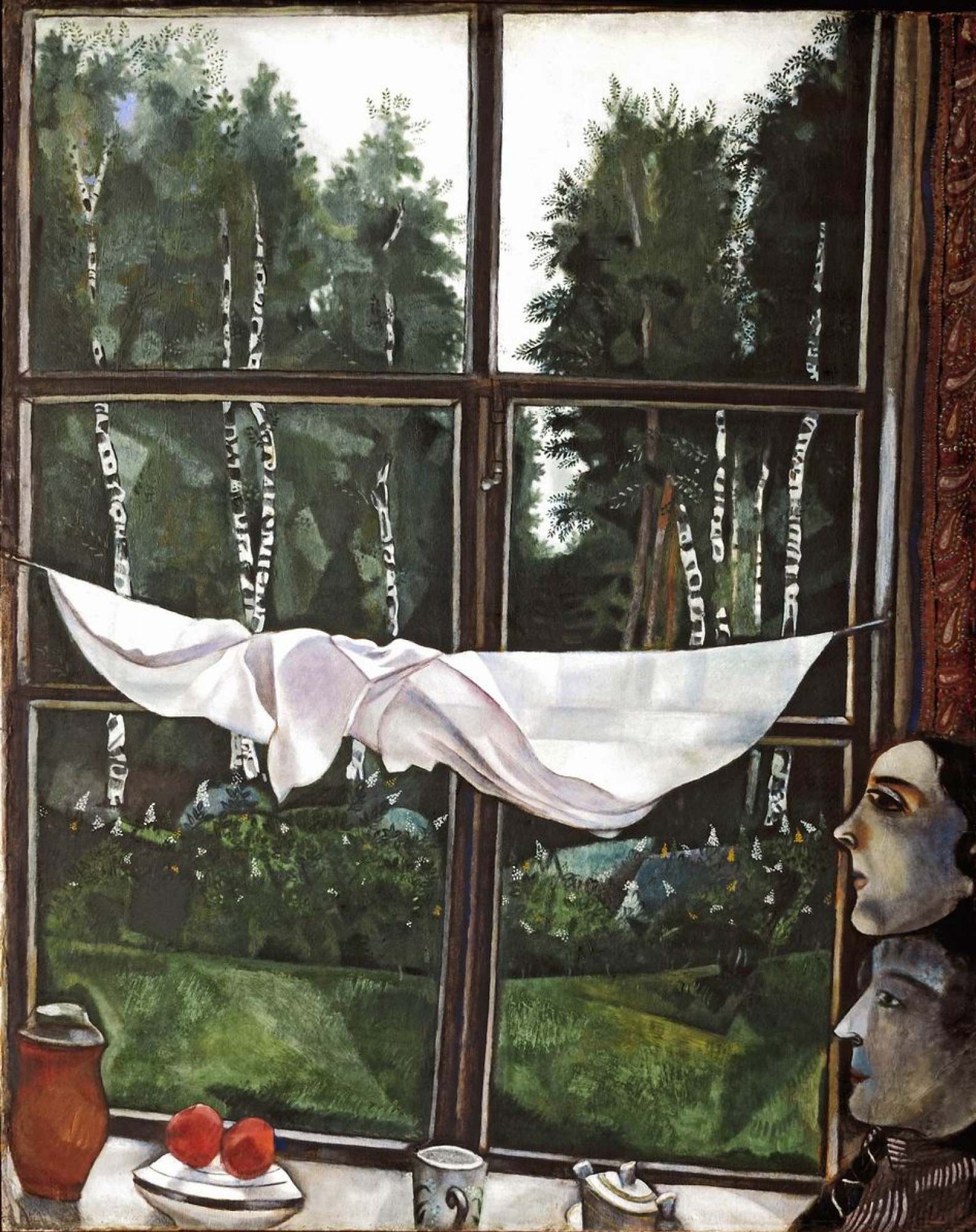Jacques-Émile Blanche (1861-1942) was a French artist, largely self-taught, who became a successful portrait painter, working in London and Paris.
Although Blanche received some instruction in painting from Henri Gervex, he may be regarded as self-taught.
He became a very successful portrait painter, with a style derived from 18th-century English painters such as Thomas Gainsborough as well as Édouard Manet and John Singer Sargent.
Jacques-Émile Blanche | Vaslav Nijinsky in 'Danse Siamoise' | Christie's







